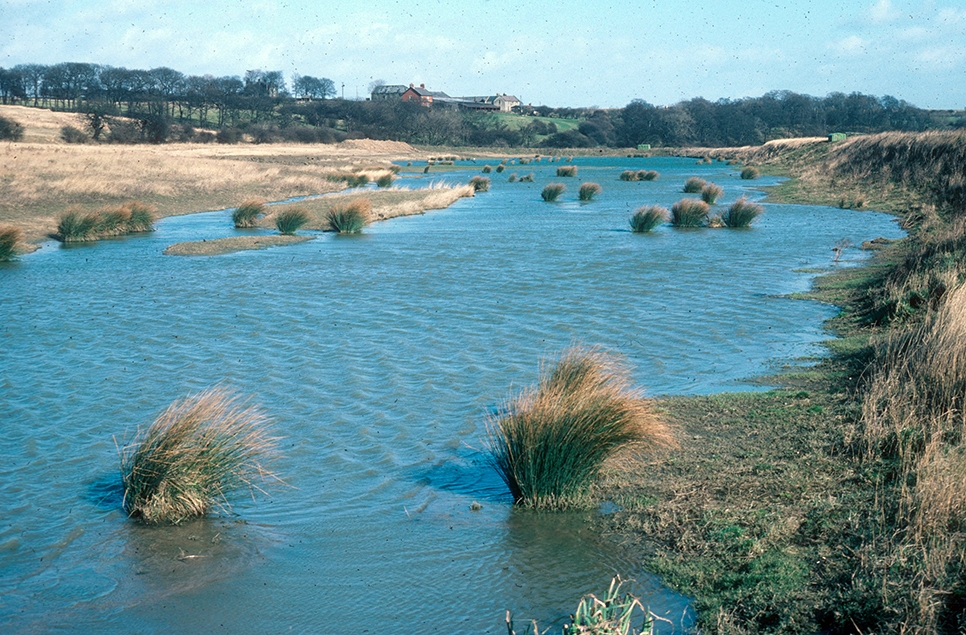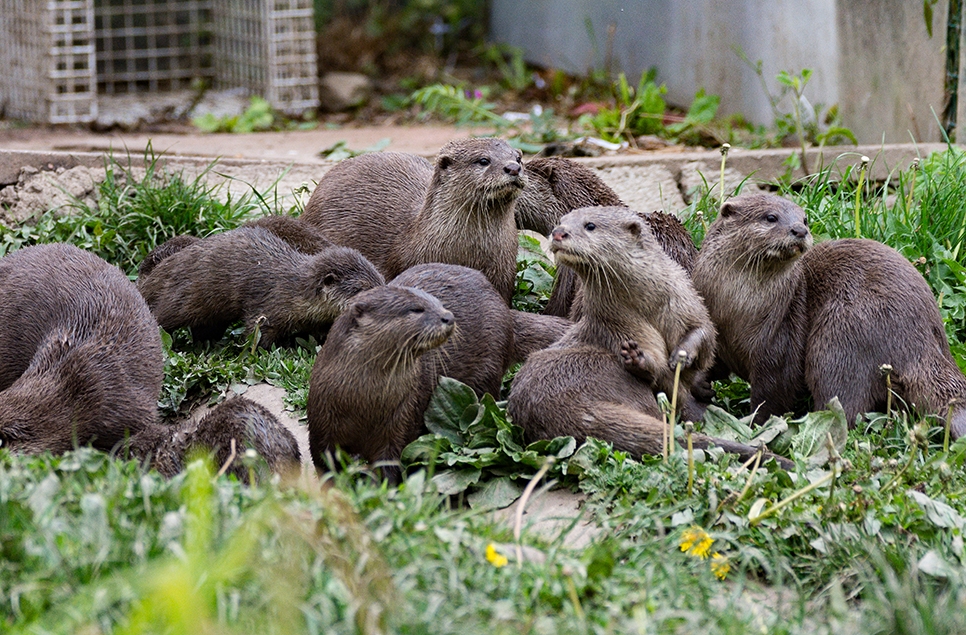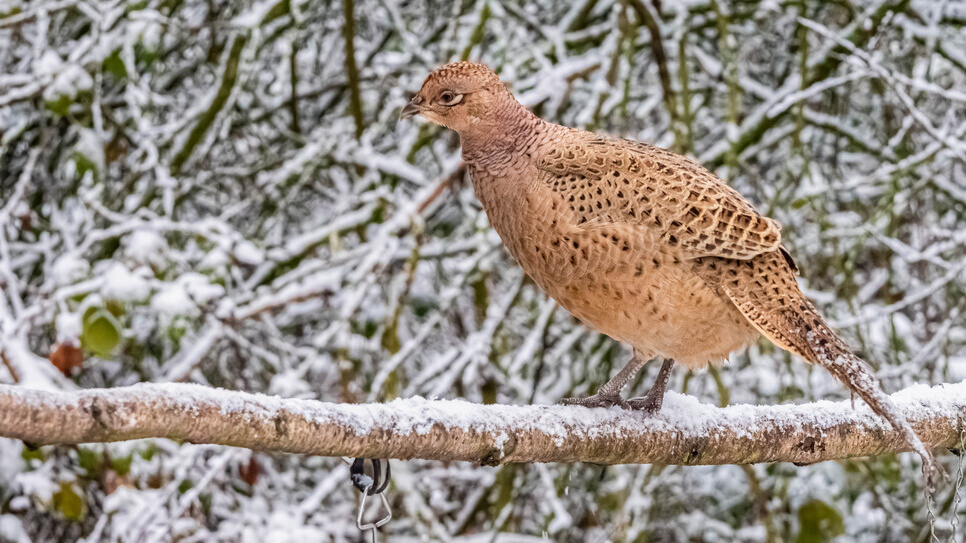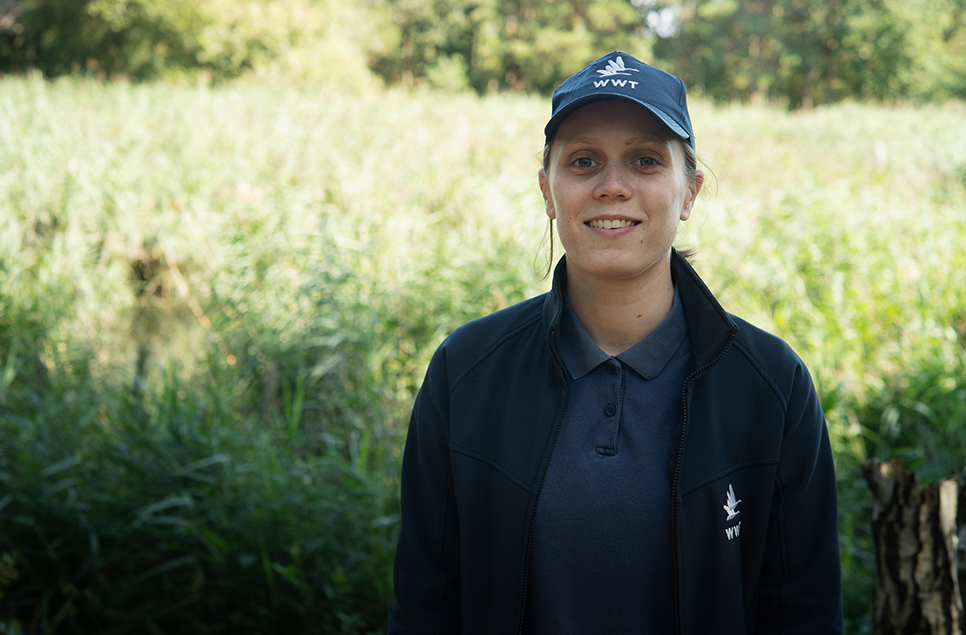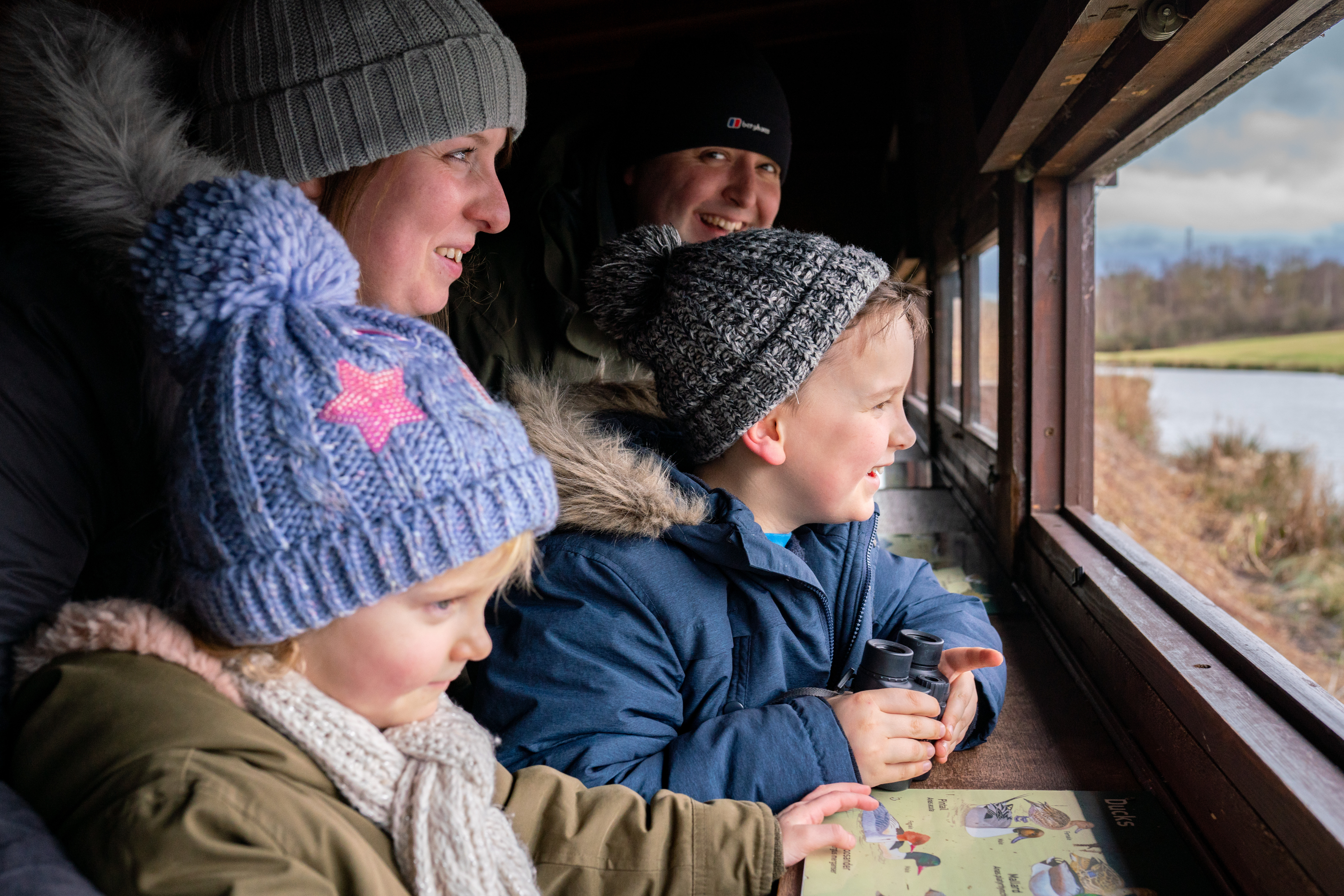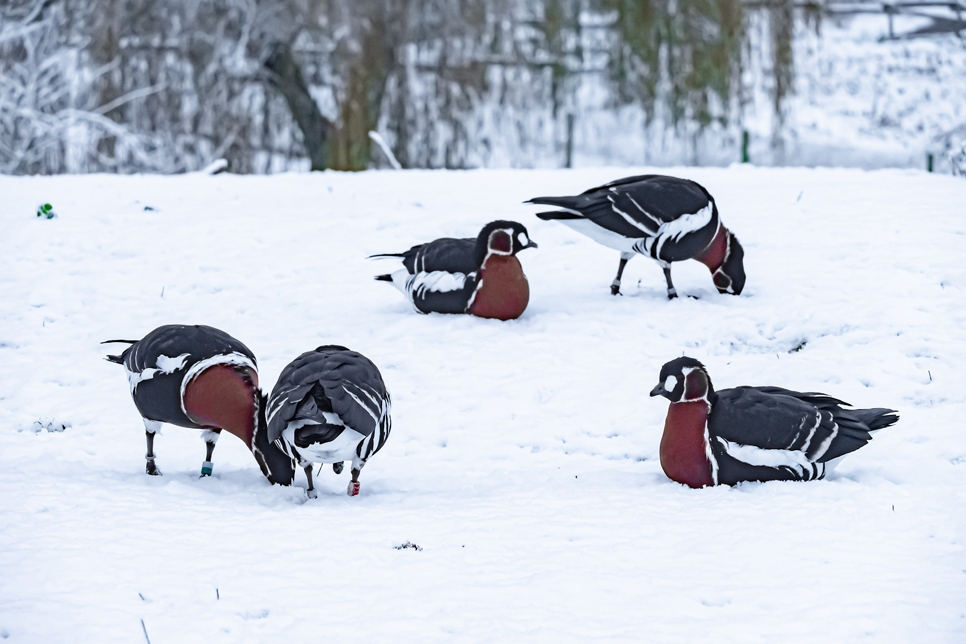WWT Washington hits 50 year milestone and celebrates its history!
The popular wildlife centre initially opened to the general public in May 1975, transforming from rugged and hilly farmland to a haven for wildlife and people.
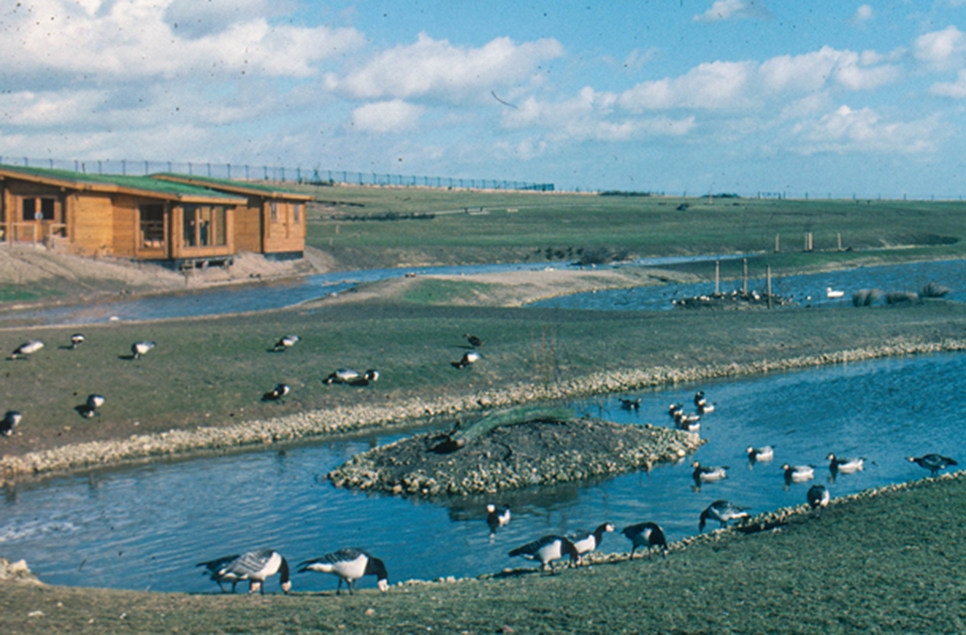
First opening on the morning of 29 May 1975 at a cost of 40p for adults and 20p for children, WWT Washington Wetland Centre was home to an array of ducks, geese and swans, living up to its then named 'Washington Wildfowl Park'.
Previously predominantly farmland, most of the trees and hedgerows did not exist and all of the ponds and lakes were specifically designed and built as part of WWT’s plan to increase biodiversity to the area by creating new wetland and woodland habitat, which served as a vital community asset. Fast-forward 50 years and it remains an oasis surrounded by industry on all but one of its sides. Adjacent to the River Wear, the site acts as a corridor, a refuge spot or even a permanent home for many species of insects, birds, amphibians and mammals. But, where did it all begin?
Once upon a time
The site at WWT Washington was originally working farmland, home to large expanses of fields, farm animals, a water mill (situated at the 'gill' or Spring Gill as we know it today) and a forge, pictured below (which was located in Wet Wood). Barmston forge (pictured below) stood for many years and its last owner - a chap named George Stephenson - used to make horseshoes, tools such as shovels and even anchors for wooden ships made at the yards between Sunderland and Biddick. Not to be mistaken with 'the father of railways' George Stephenson, our George was a master forger and exhibited at the 1851 Great Exhibition at Crystal Palace in London.
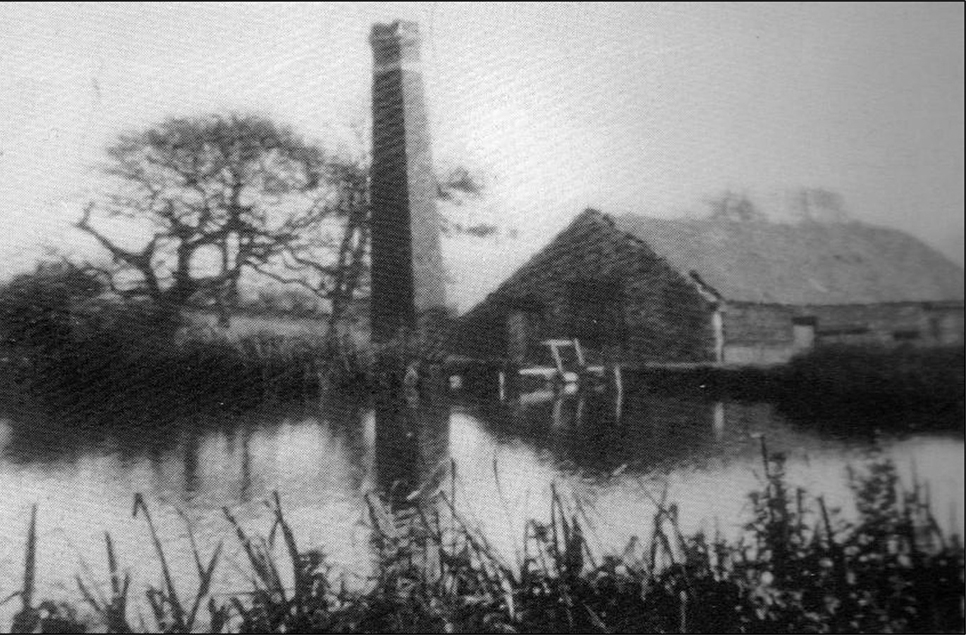
When Sir Peter Scott came to town
WWT's founder Sir Peter Scott began talks to purchase the land in Washington to expand his vision of creating new wetland habitat in the UK. He was good friends with local businessman Sir James Steel - Chairman of Washington Development Corporation from 1964 until 1977 and Lord Lieutenant of Tyne & Wear from 1974 to 1984 - who introduced him to the area and the idea of the land as a potential opportunity for the land. Here they are on WWT Washington's Top Meadow on the day ownership was transferred to WWT, as part of the creation of Washington New Town.
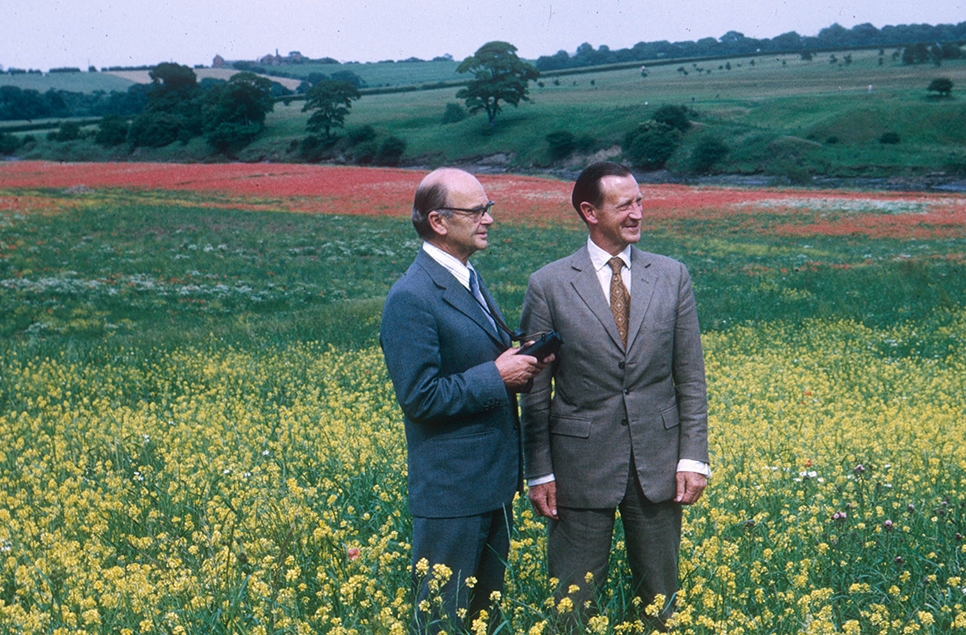
The WWT team together with Sir Peter Scott's vision turned the farmland into an array of ponds, waterways and lakes, all of which didn't exist before. Sir Peter Scott met with the then curator John Secrett to discuss the nearby Barmston Ponds, which already saw a vast array of wild bird species. The hope was that the birds would navigate to 'Washington wetlands' and embed themselves into the environment, creating a joint conservation effort in the local area - the idea definitely came into fruition!
The centre opened its doors on 29 May 1975, a week after originally planned because of bad weather. But many visitors came along and enjoyed the day seeing many birds that they had never seen before!
Milestones and successes
Washington Wetland Centre has seen many transformations. On the reserve, introductions of wildlife viewing areas such as the introduction of Hawthorn Wood feeding station in 1977 (the same year Her Majesty the Queen and Prince Philip visit site as part of the Silver Jubilee celebrations), and the opening of the Wader Lake hides (Diageo in 2000 - constructed in just one day, Paddy Fleming in 2002 and Northumbrian Water hide in 2003 - also built in a single day!) helped bring nature even closer to visitors.
The below image shows how Wader Lake looked before these hides were introduced in the 1970s. There are very few trees and the heron hedges didn't even exist yet!
There have been some wildlife successes too. In 1989, the very first grey heron chicks hatched on Wader Lake, while in July 2006 the very first pair of avocet arrived to Wader Lake - the most northerly breeding record ever in the UK at the time! More recently in 2024, the reserve saw it's first breeding success of sand martin on Wader Lake thanks to the introduction of a specially built artificial bank ((pictured below ©Mark Whitelock); a success that we hope will continue long into the future!
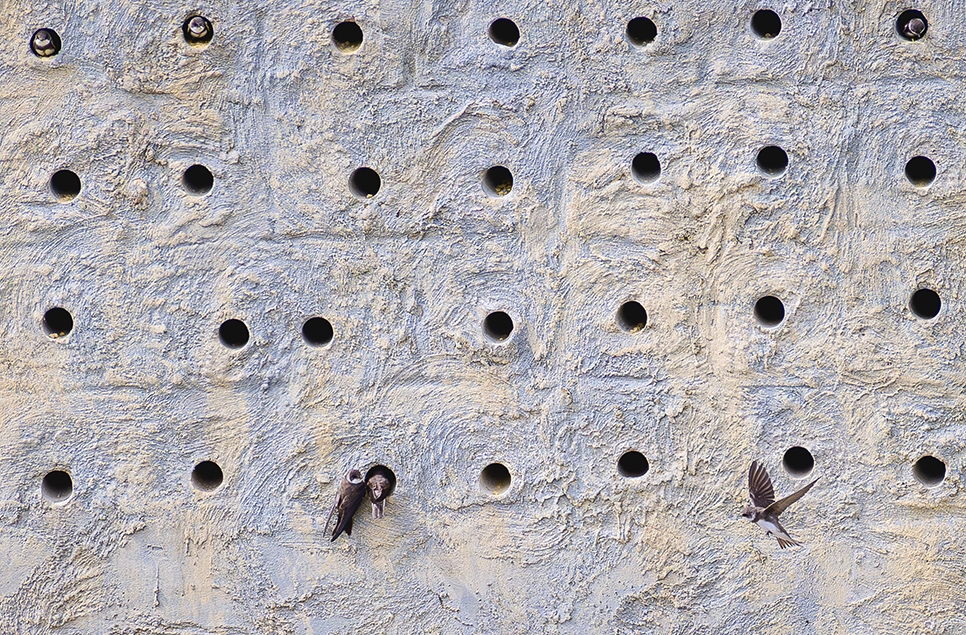
1996 was a busy year with Spring Gill wood opening with a new bridge in place across ancient woodland, additional building work on the visitor centre which saw the discovery centre and additional offices added and the duckery building constructed.
And for our animal collection, the introduction of the first Chilean flamingo flock came in 1986 creating quite a stir. The flamingos were located near the stream channel in the Catherine Cookson flamingo house until 2010. Brothers Musa and Rod - the first pair of Asian short-clawed otters at Washington Wetland Centre - arrived in July 2011 causing quite the stir. Rod moved onto another collection as Mimi arrived and, as we know, the rest was history as the pair successfully raised 9 youngsters between 2015 - 2017.
Check out our timeline for more milestones and successes over the years!
And now...
The centre has welcomed over 3 million visitors and over 150,000 school children since it opened 50 years ago. Today, our 103-acre site welcomes more than 70,000 visitors each year alongside thousands of school children, with the success of the past continuing to build. We haven't done this alone, every person who has visited, volunteered or worked here has played a part in our story and for that we extend a huge thank you!
Those wishing to celebrate WWT Washington’s 50th birthday with them can join them on the day for drinks and cakes at Hunter’s Creek, with tours of Wet Wood - a part of the site’s 100 acre reserve which hasn't been open to visitors for over a decade – being offered.
There'll also be historic photo trail around our grounds plus the launch of our ‘50 things to do in our 50th year’ activity guide, classic family-friendly games on our events lawn and other special events that will be announced throughout the year!
We're also looking for visitors to share their memories, photographs and mementos from the last 50 years in what will form part of an exhibition at the centre in the coming months, so bring along anything you're happy to share, even if that's your stories of times gone by which you can share when you visit on their memory line.
Interested in our 50th birthday?
If you've been inspired to explore Washington Wetland Centre and join our 50th birthday celebrations, find out more and see our planned special events.
Tell me more